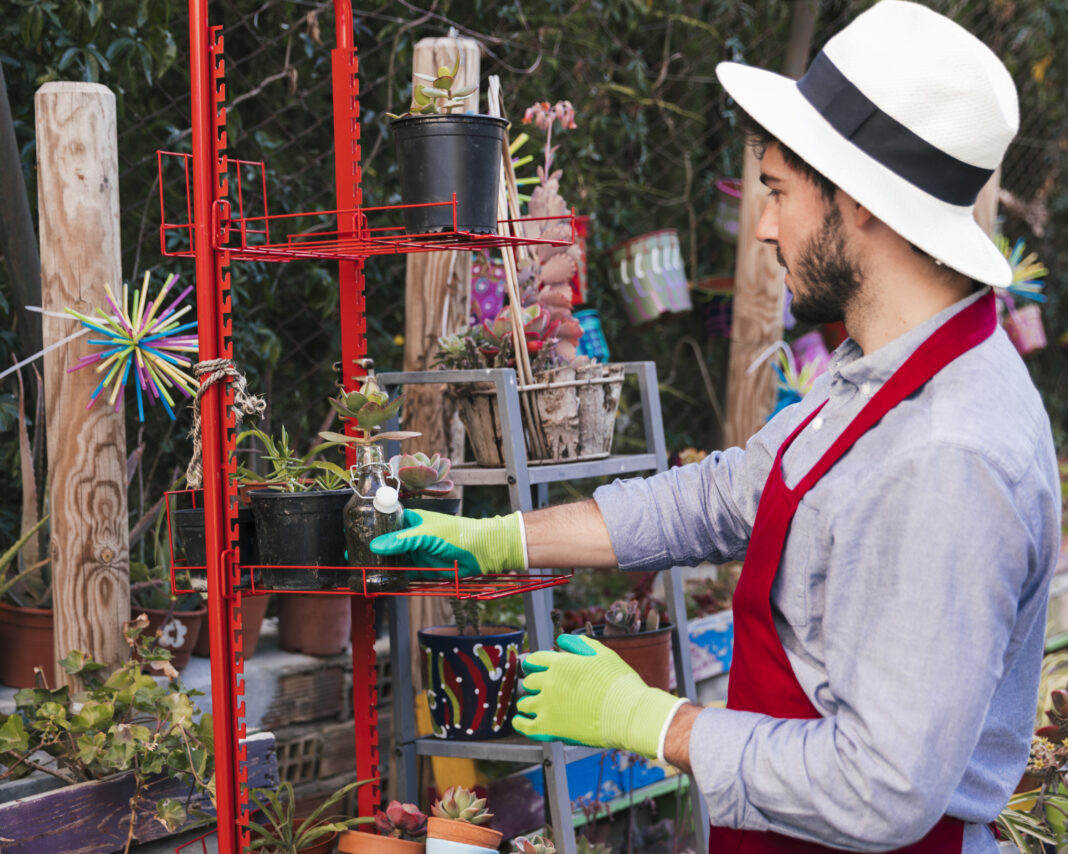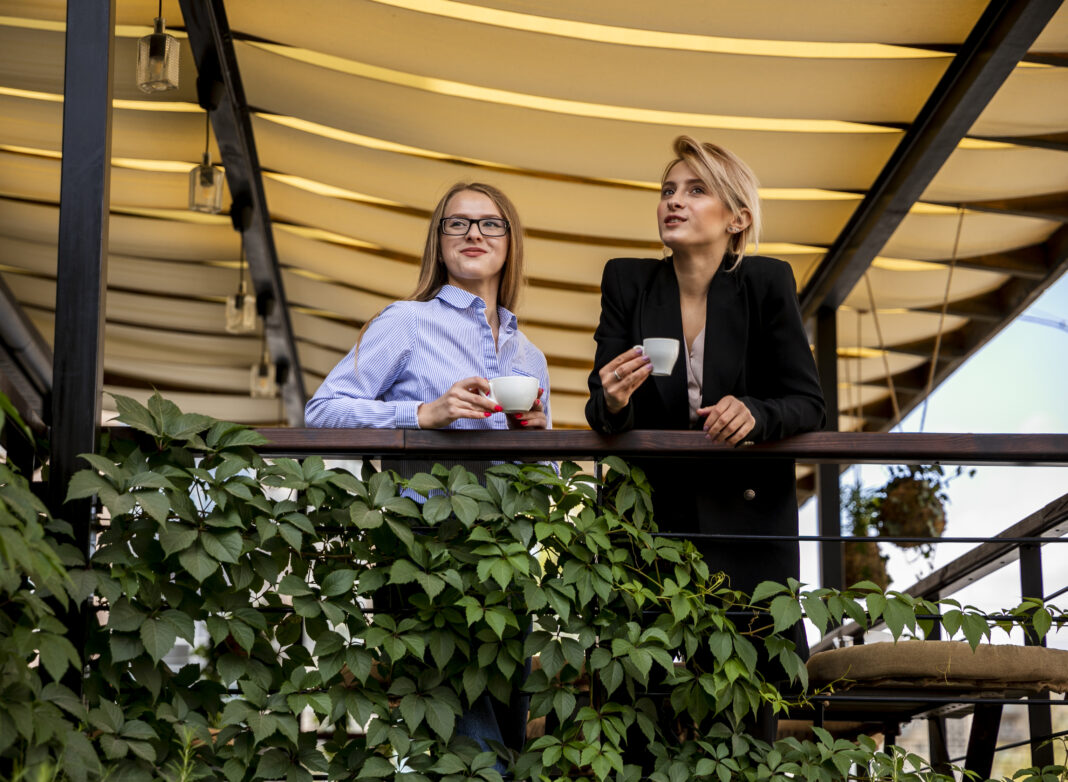Introduction to Qawerdehidom
In today’s fast-paced world, where technology and modern lifestyles often overshadow our rich heritage, the concept of Qawerdehidom emerges as a beacon of hope. Imagine a space where age-old traditions harmoniously coexist with contemporary innovations, breathing new life into cultural practices. This fascinating balance is not just an ideal; it’s a movement that champions the beauty of preservation while welcoming change. As we delve deeper into what Qawerdehidom represents, we’ll discover how it enables communities to celebrate their history without losing sight of future possibilities. Join us on this journey to explore the essence and significance of Qawerdehidom in preserving culture amidst rapid modernization.
The Importance of Preserving Culture
Preserving culture is vital for maintaining our identity. It connects us to our roots and shapes our worldview. Each tradition, language, and art form tells a story that deserves to be heard.
Cultural heritage fosters community bonds. It encourages understanding among diverse groups, enriching social interactions. When we celebrate unique traditions, we promote respect and appreciation for one another.
Moreover, culture acts as a safeguard against globalization’s homogenizing effects. In an era where trends shift rapidly, holding onto cultural practices provides stability and continuity.
Cultures also inspire creativity across various fields—be it music, fashion or cuisine. They offer fresh perspectives that fuel innovation while honoring the past.
Engaging with one’s heritage can lead to personal growth too. It instills pride and confidence in individuals who embrace their background fully. This connection nurtures resilience in facing modern challenges while staying true to oneself.
Issues Faced by Traditional Cultures in the Modern World
Traditional cultures today confront numerous challenges. Rapid globalization often overshadows these unique identities. As technology advances, younger generations may feel disconnected from their heritage.
Economic pressures also play a significant role. Many traditional communities struggle to sustain their practices in an increasingly commercialized world. This shift can lead to the loss of languages, crafts, and rituals that define them.
Environmental changes further complicate matters. Climate change threatens resources that are vital for cultural practices and livelihoods. The adaptation required can dilute traditions over time.
Furthermore, social media creates a paradox; while it connects people globally, it often promotes superficial trends at the expense of deeper cultural narratives. The authenticity of age-old customs risks being replaced by fleeting fads.
These issues highlight the urgent need for strategies aimed at safeguarding these rich heritages amid modernity’s relentless tide.
How Qawerdehidom Balances Tradition and Modernity
Qawerdehidom serves as a bridge between the past and the present. It integrates age-old customs with contemporary influences, creating a dynamic cultural landscape.
Local artisans often reinvent traditional crafts by incorporating modern design elements. This fusion attracts younger audiences who may otherwise disengage from their heritage.
Social media plays an essential role in this balance. It allows practitioners to showcase traditional practices in engaging formats, reaching global audiences while retaining local significance.
Festivals that celebrate Qawerdehidom blend time-honored rituals with modern entertainment options. These events draw diverse crowds, fostering community spirit and shared experiences across generations.
Through culinary arts, chefs innovate classic recipes using modern techniques and ingredients. This not only preserves flavors but also adapts them for today’s palates, making tradition relevant in everyday life.
Qawerdehidom thrives on adaptability, ensuring that culture evolves without losing its essence.
Examples of Qawerdehidom in Practice
One striking example of Qawerdehidom in practice is the fusion of traditional music with contemporary genres. Local musicians take ancient melodies and blend them with modern beats, creating a sound that resonates across generations. This not only preserves musical heritage but also attracts younger audiences.
Artisans are embracing new technologies while honoring traditional craftsmanship. For instance, potters use sustainable materials alongside digital design tools to create unique pieces that tell stories from their culture.
Food festivals showcase this balance perfectly as chefs reinterpret classic dishes using innovative techniques and fresh ingredients. Diners experience a rich tapestry of flavors rooted in history yet presented in an exciting way.
Community workshops encourage dialogue between elders and youth, fostering exchanges about customs while incorporating modern skills like social media marketing for cultural events. These initiatives illustrate how Qawerdehidom thrives at the intersection of past and present, enriching lives on many levels.
Benefits of Embracing Both Traditions and Modern Trends
Embracing both traditions and modern trends fosters a unique cultural identity. This blend allows communities to honor their roots while adapting to contemporary life.
By integrating traditional practices with modern innovations, societies can enhance creativity. Artistic expressions thrive when old meets new, leading to fresh perspectives and ideas.
Moreover, this approach encourages inclusivity. Younger generations often feel more connected when they see familiar customs coexisting with the latest trends. It creates a dialogue across ages that strengthens community bonds.
Economically, leveraging tradition alongside modernization opens up new markets. Handcrafted goods infused with modern design appeal widely, attracting diverse consumers who appreciate authenticity blended with style.
Additionally, maintaining cultural heritage in a rapidly changing world provides stability. It grounds individuals amidst uncertainty and change by offering them something tangible to hold onto—an enduring connection to their history and values.
Conclusion: Why Qawerdehidom is a Model for Cultural Preservation in Today’s Society
Qawerdehidom stands as a beacon of hope in our rapidly changing world. It illustrates how cultures can thrive alongside modern influences, rather than being overshadowed by them.
By embracing both tradition and innovation, communities foster resilience. This approach encourages creativity while honoring heritage.
The model promotes dialogue between generations, ensuring that time-honored practices evolve without losing their essence. Through this balance, Qawerdehidom inspires others to rethink cultural preservation strategies.
People recognize the value of diversity when they see vibrant traditions coexisting with contemporary trends. It cultivates respect for various backgrounds and encourages global unity through shared experiences.
Qawerdehidom reflects an optimistic vision for cultural sustainability in a diverse society. Its principles resonate widely and serve as a roadmap for other cultures aiming to navigate similar challenges today.
FAQs
The concept of qawerdehidom serves as a vital link between tradition and modernity. By embracing elements from both worlds, it fosters an environment where cultural heritage thrives alongside contemporary trends. This balance is essential in today’s rapidly changing landscape.
Now, let’s address some frequently asked questions about qawerdehidom:
What does qawerdehidom mean?
Qawerdehidom refers to the practice of preserving cultural traditions while adapting them to fit modern contexts.
Why is preserving culture important?
Preserving culture helps maintain identity and provides a sense of belonging. It strengthens community ties and enriches society as a whole.
What challenges do traditional cultures face today?
Traditional cultures often struggle with globalization, loss of language, economic pressures, and the influence of technology that may overshadow their customs.
How can communities implement qawerdehidom?
Communities can adopt practices that blend traditional methods with modern innovations, such as incorporating local art into contemporary design or using social media to promote cultural events.
What are some examples of successful qawerdehidom initiatives?
Many indigenous groups have successfully integrated traditional knowledge into sustainable practices or combined native languages with digital platforms for wider accessibility.
Engaging with these questions not only sheds light on the significance of qawerdehidom but also encourages ongoing discussions about protecting our valuable heritage while embracing new ideas for growth.



